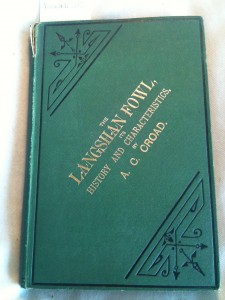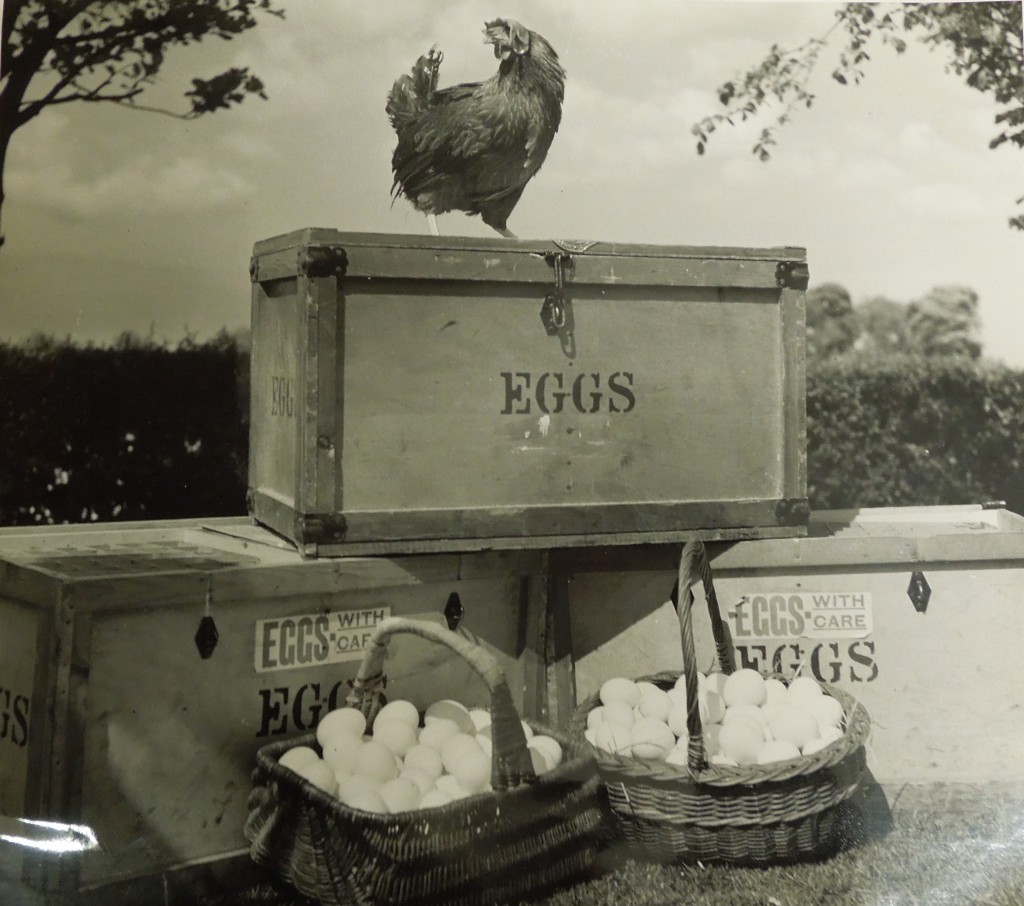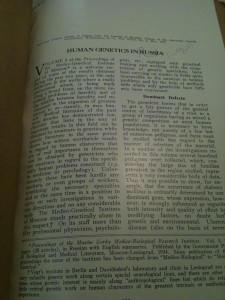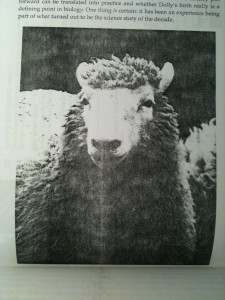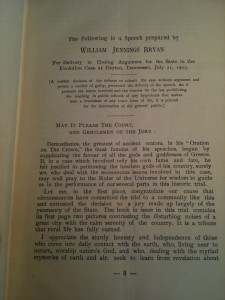With phase I of the Towards Dolly project ending for me, the Rare Books Cataloguer, I thought to look back over the material I’ve worked with and to highlight a few of my favourites from the three different mediums – offprints, rare books and glass plate slides. One of the most interesting things I found when cataloguing this material was the range of topics of interest – the geneticists collected a wide-range of subjects from specifically dealing with animal genetics to ethnography and botany that opens this material to a variety of researchers.
In the offprint series the two – out of thousands – that I’d like to feature are:
 From the Roslin Institute offprints, Harry D. Griffin’s article, Update on Dolly and nuclear transfer, Roslin Institute, Edinburgh: Annual Report from 1 April 97 to 31 March 98, (GB237 Coll-1362/4/1848) which discusses the advances in nuclear transfer technology a year after Dolly, the sheep’s birth.
From the Roslin Institute offprints, Harry D. Griffin’s article, Update on Dolly and nuclear transfer, Roslin Institute, Edinburgh: Annual Report from 1 April 97 to 31 March 98, (GB237 Coll-1362/4/1848) which discusses the advances in nuclear transfer technology a year after Dolly, the sheep’s birth.
 From the FAE Crew offprint series, William Jennings Bryan’s closing argument in the Scopes evolution case in Tennessee from 1925. (GB 237 Coll-1496/33 – General Biology 2). Bryan was the prosecuting attorney in the ‘Scopes Monkey Trial’ who argued against the teaching of evolution in schools with Clarence Darrow for the defence.
From the FAE Crew offprint series, William Jennings Bryan’s closing argument in the Scopes evolution case in Tennessee from 1925. (GB 237 Coll-1496/33 – General Biology 2). Bryan was the prosecuting attorney in the ‘Scopes Monkey Trial’ who argued against the teaching of evolution in schools with Clarence Darrow for the defence.
Two from the rare book collection:
The beautifully illustrated cover contains an interesting map, text and illustrations of the Chinese Langshan fowl in A. C. Croad’s book, The Langshan fowl: history and characteristics from 1899. (Roslin.S.10)
 Another beautifully illustrated cover, is a favourite of mine from the nine volume series, The horse : its treatment in health and disease, with a complete guide to breeding training and management, 1905 (Roslin.S.50). Some of the volumes have pop-up style inserts showing the physiology of hooves and mouths layer-by-layer.
Another beautifully illustrated cover, is a favourite of mine from the nine volume series, The horse : its treatment in health and disease, with a complete guide to breeding training and management, 1905 (Roslin.S.50). Some of the volumes have pop-up style inserts showing the physiology of hooves and mouths layer-by-layer.
And two from the glass plate slides collection:
 This is one of my absolute favourites from the Roslin glass plate slides collection simply for its oddity – ostriches and pigs in a field of pumpkins with farm houses in the background in the early 20th century. (Coll-1434/1177).
This is one of my absolute favourites from the Roslin glass plate slides collection simply for its oddity – ostriches and pigs in a field of pumpkins with farm houses in the background in the early 20th century. (Coll-1434/1177).
 Coffee is a passion of mine and so I was thrilled to find this image of a coffee ranch in Vera Cruz, Mexico in the early 20th century. The image shows a family standing in front of their thatched hut, a man on a horse and two men carrying coffee bean baskets on their back with trees and bushes in the background. (Coll-1434/1103.
Coffee is a passion of mine and so I was thrilled to find this image of a coffee ranch in Vera Cruz, Mexico in the early 20th century. The image shows a family standing in front of their thatched hut, a man on a horse and two men carrying coffee bean baskets on their back with trees and bushes in the background. (Coll-1434/1103.
Each of these are personal favourites, as well as being a representative sample of the diversity of the collection. I hope you enjoy it as much as I have!

